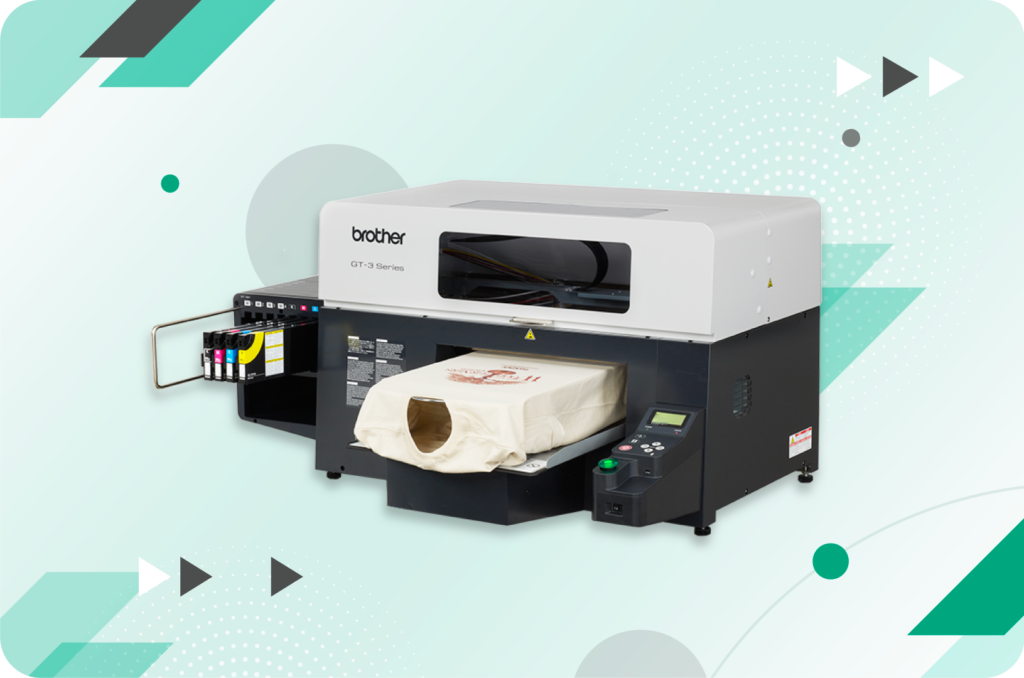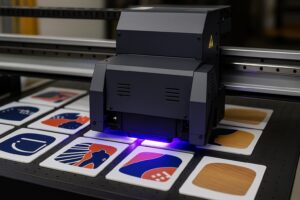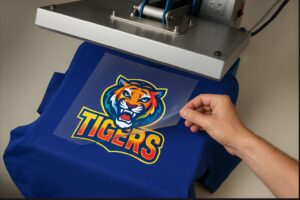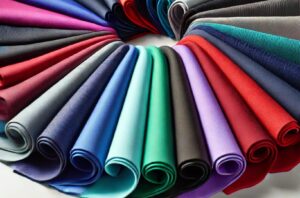In a digital age teeming with customization and fast-fashion, the apparel industry has had to evolve in various ways to meet consumer demands for personalization, quality, and convenience. One of the game-changers in this realm is Direct-to-Garment (DTG) printing.
While traditional printing techniques are still in play, DTG has brought a seismic shift in how we print on fabric. This guide aims to give you a comprehensive understanding of DTG printing, from the mechanics to its advantages and challenges.
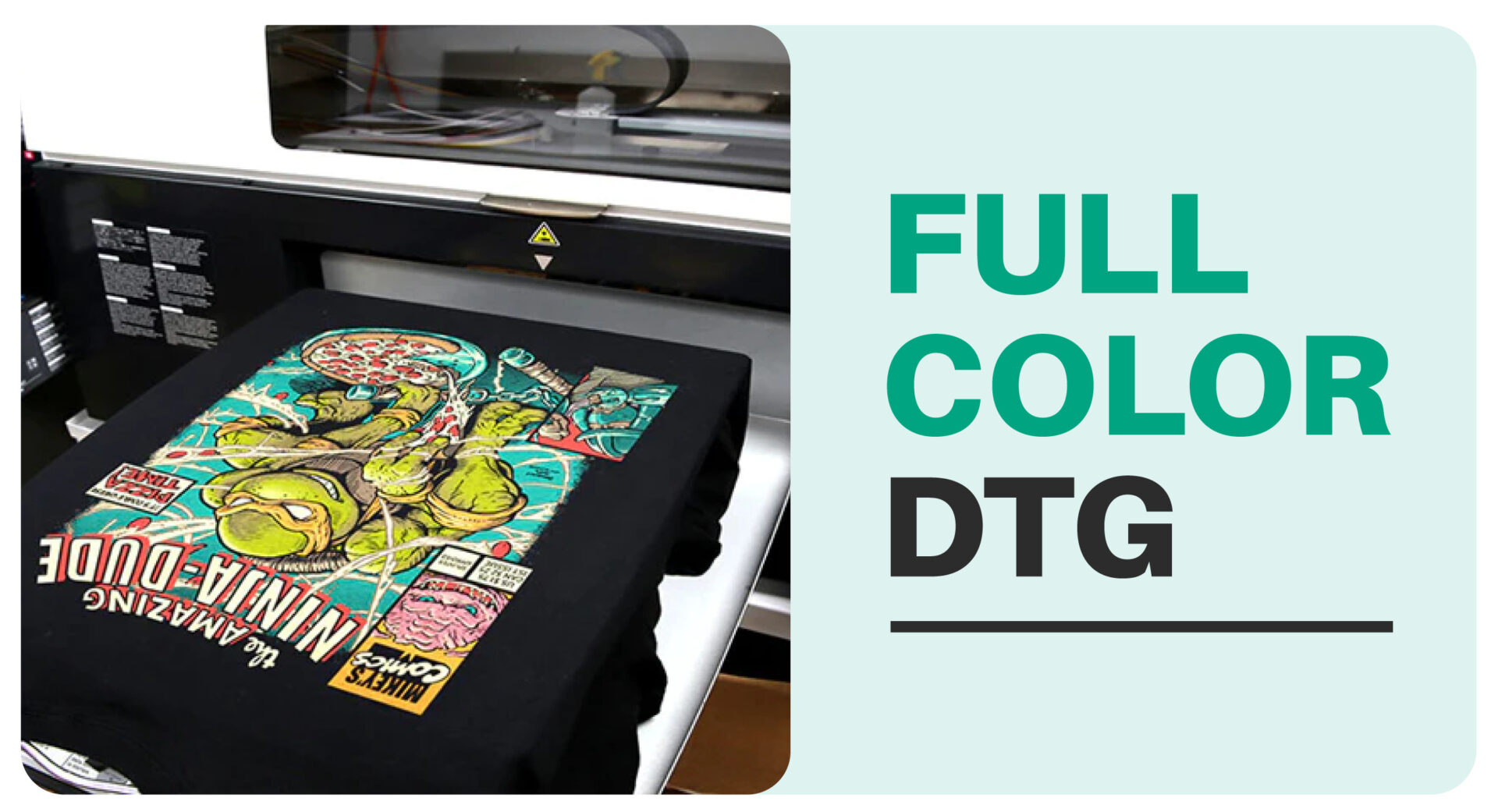
Introduction to Direct-to-Garment (DTG) Printing
Direct-to-Garment (DTG) printing is a revolutionary method where specialized inkjet technology applies ink directly to the fabric. Unlike screen printing, which uses stencils and can be a lengthy process, DTG printing is a simpler and more straightforward technique.
The outcome? A high-quality, vibrant design that feels integrated into the garment, making it extra comfortable to wear.
Applications of DTG Printing
DTG is increasingly finding its place in various areas, such as:
- Custom T-Shirts: Whether it’s for events, small businesses, or personalized gifts, DTG offers the flexibility and quality that custom t-shirt projects demand.
- Sportswear: For athletic wear that requires durable, breathable, and detailed prints, DTG offers a solution that meets the specific demands of sports apparel.
- Team Jerseys: Whether it’s for a local soccer team or a corporate basketball league, DTG can produce vibrant, detailed, and durable jerseys that make any team look like pros.
- Fashion Apparel: High-quality prints and limitless color options make DTG an ideal choice for fashion designers who are keen on intricate patterns and detailed artwork.
- Corporate Branding: From team-building events to corporate gifts, DTG printing can deliver high-quality, branded apparel that stands out.
How Does DTG Printing Work?
Understanding the DTG process can help you appreciate the technology’s complexity and advantages. Here’s a step-by-step breakdown:
Step 1: Preparation
Before anything else, the garment undergoes a pre-treatment process. This involves spraying the fabric with a solution that helps the ink to adhere better.
Step 2: Positioning
The garment is then carefully positioned on a flatbed table, similar to how you’d place paper in a traditional printer.
Step 3: Printing
Using specialized inkjet technology, the printer releases water-based ink directly onto the fabric. The colors and designs are computer-controlled, ensuring precision.
Step 4: Curing
The final step involves heat-treating the garment. This cures the ink and ensures it’s permanently embedded into the fabric.
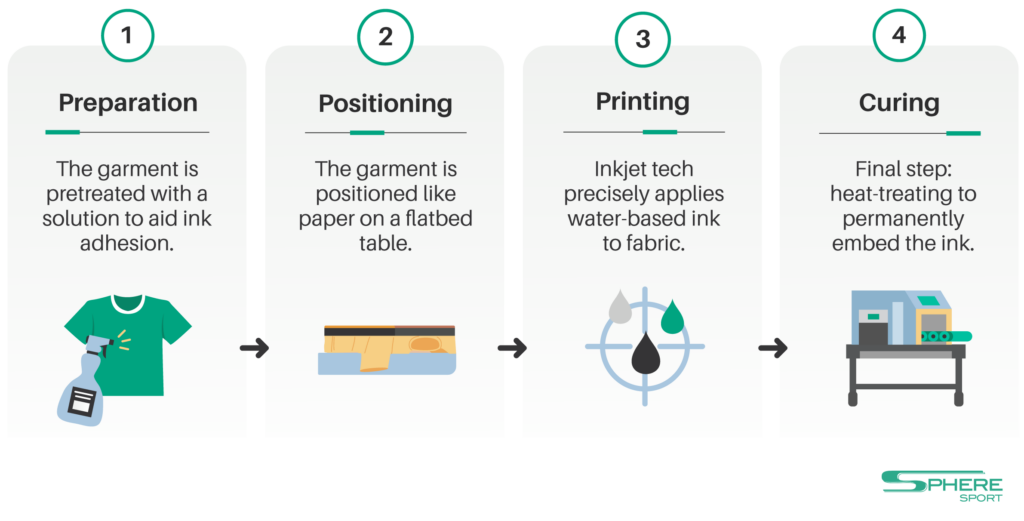
Why Choose DTG Printing?
Next, we’ll zero in on the key advantages of DTG printing that could elevate your product quality and operational efficiency.
- Unparalleled Detail and Color: DTG printers can handle highly detailed designs and a wide array of colors, perfect for complex logos or artistic prints.
- Efficient for Short Runs: Unlike screen printing, which often requires a minimum order size, DTG can produce as few as one item at a time, making it highly efficient for small batches.
- Quick Turnaround: DTG’s straightforward process means that you can often have your custom apparel ready in a shorter time compared to other methods.
- Environmentally Friendly: Research shows that water-based inks used in DTG are generally more eco-friendly compared to the plastisol inks used in screen printing.
Challenges of Direct-to-Garment Printing
As you explore the benefits of DTG printing, it’s equally important to understand its limitations. Next, we’ll tackle the challenges you might encounter, helping you evaluate whether DTG aligns with your operational needs and quality expectations.
- Higher Cost per Unit for Large Runs: While DTG is cost-effective for small quantities, it’s not the most economical choice for large-scale productions.
- Fabric Type and Color Limitations: DTG printing performs best on cotton or high-cotton blend fabrics. Synthetic materials and darker fabrics can be challenging.
- Durability Concerns: While DTG prints are generally durable, they may show wear and tear sooner than screen prints or embroidery when frequently washed.
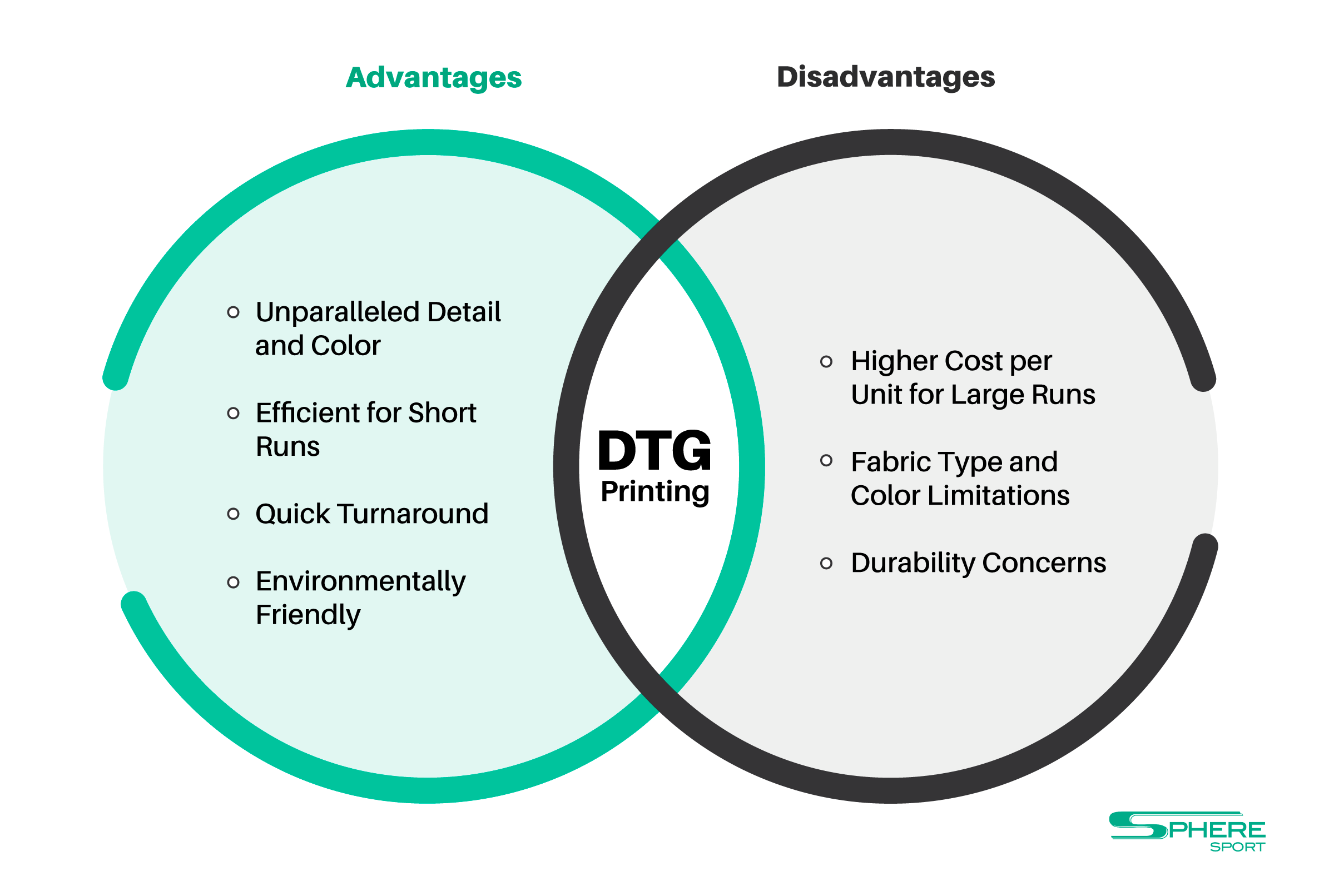
DTG vs. Other Printing Methods
When it comes to selecting a printing method for your business, the choice is often a strategic one that can impact not just quality, but also turnaround times, scalability, and ultimately, your bottom line.
Let’s dive into a detailed comparison to help you decide which printing method best suits your business needs:
DTG vs. Screen Printing
- Detail: DTG wins for detail but may lose on durability.
- Volume: Screen printing is more cost-effective for large volumes.
- Speed: DTG generally has quicker turnarounds.
DTG vs. Heat Transfer
- Quality: DTG provides better quality and durability.
- Complexity: Heat transfers can be limiting when it comes to design complexity.
DTG vs. Embroidery
- Cost: Embroidery can be more expensive for complex designs.
- Feel: Embroidery adds texture; DTG integrates into the fabric.
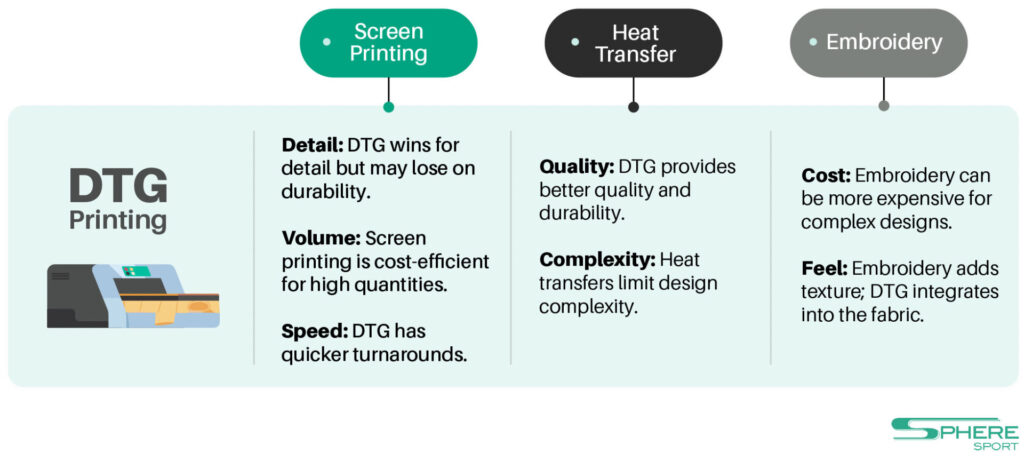
Is DTG Printing for You?
Direct-to-Garment printing offers a unique combination of quality, flexibility, and speed. It’s an excellent choice for small batches and complex designs. While it has its limitations—like higher cost per unit for large runs and less suitability for certain fabric types—the benefits often outweigh the drawbacks for many applications. As with any printing method, your choice should align with your project’s specific needs.
At Sphere Sport, we’re experts in manufacturing premium custom sportswear for both retail and teamwear brands. Contact us today to learn how we can elevate your brand’s apparel and simplify your business.

